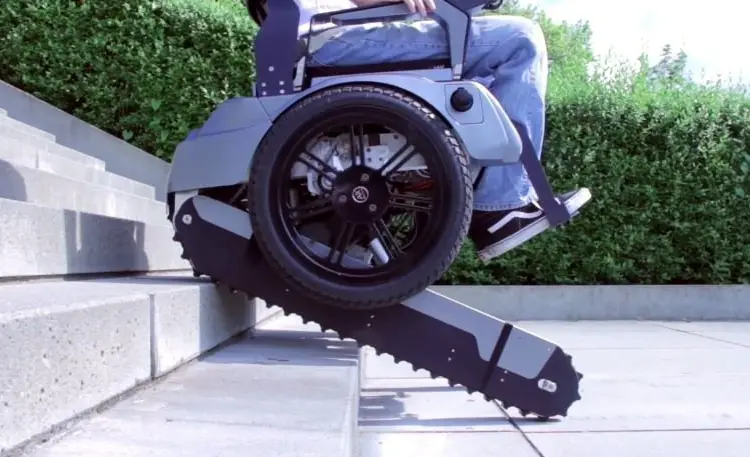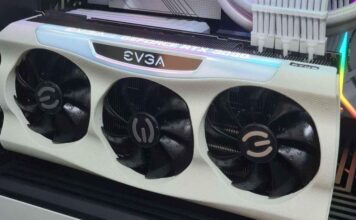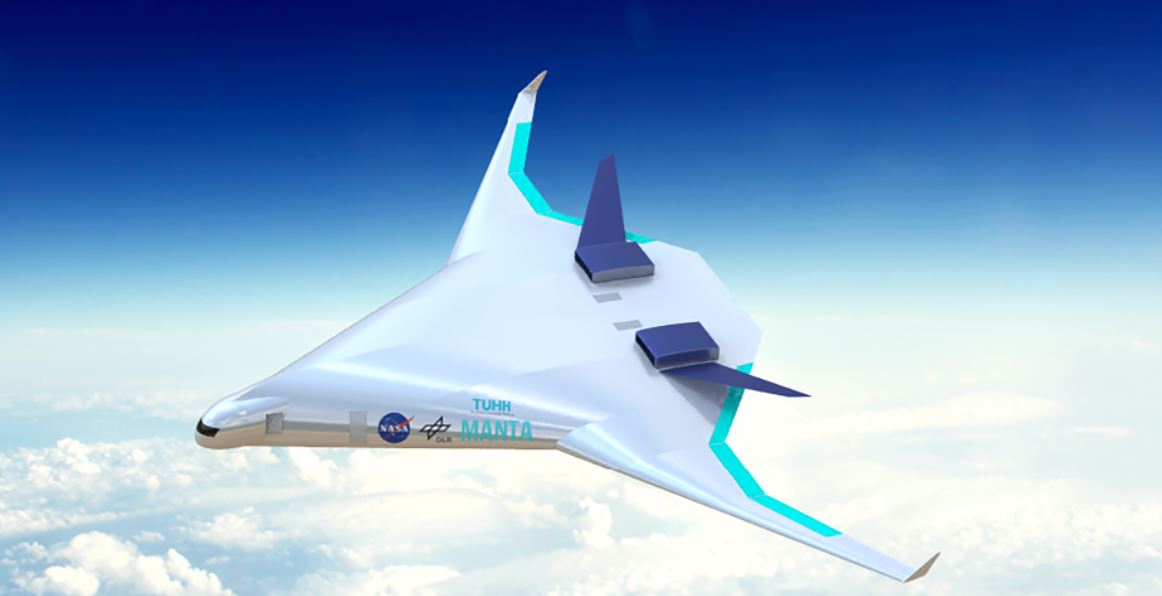The golden rule of the semiconductor industry, Moore’s law, has always led the development of semiconductor chips. With the slowdown in process technology upgrades, Moore’s Law is often questioned.
Huang Renxun, founder and CEO of NVIDIA, a major GPU manufacturer, said that from about 7nm, the Moore’s Law curve slowed down. Although it did not stop, it was equivalent to failure.
However, Intel emphasized at Intel Innovation 2022 that Moore’s Law will still be valid for 10 years through new process technologies, equipment, and cooperation with the ecosystem.
Moore’s Law was proposed by Intel co-founder Gordon Moore in the 1960s, which states that the number of chip transistors doubles every other year, increasing computing power. To increase the number of transistors, it must be made smaller, which requires improved process technology.
Gelsinger said that Moore’s Law is still valid, but Huang Renxun felt that the increase in transistors and Moore’s Law progress has come to an end, and Moore’s Law is dead. The different views of the CEOs of the two companies can be said to be a serious divide in the semiconductor industry.
Under this goal, Intel needs Moore’s Law to continue to live, and more transistors must be squeezed into a single chip. However, the size of the transistor is limited, and it will encounter physical problems when it is small to a certain extent.
Gelsinger said that Intel is working hard to advance with new equipment, technologies, and ecosystems, such as using new exposure equipment and RibbonFET architectures, allowing more transistors to be crammed into each wafer, and the size is also going from nanometers to angstroms.
Combining the two breakthrough technologies of RibbonFET and PowerVia, plus the High-NA lithography process and advanced packaging technologies such as 2.5D and 3D,
The Future of Moore’s Law
It is hoped that single-chip packaging can be increased by a factor of 10 from the current 100 billion transistors to 1 trillion transistors by 2030.
Intel insists on the path of process scaling based on Moore’s Law, while Huida has turned to another path: the latest processors are produced by the foundry TSMC, which has the most advanced semiconductor manufacturing technology, In addition to not having to worry about the engineering challenges of how to manufacture smaller transistors, Huida’s solution is not Moore’s Law, but the concept of “accelerated computing”.
Intensive applications such as artificial intelligence can be executed with the specific chip best suited for processing, which is the same type of graphics card as NVIDIA’s new GPU. In other words, this type of computing mode reduces the need for CPU computing on Intel’s expertise.
Huang Renxun emphasized that looking forward to the future, the Moore’s Law price-performance curve opportunity has ended.
If you want to perform large-scale computing at a cost-effective cost, after 15 to nearly 20 years of accelerated computing pursuits, it can be concluded that accelerated computing is the right way and will become the mainstream view.





